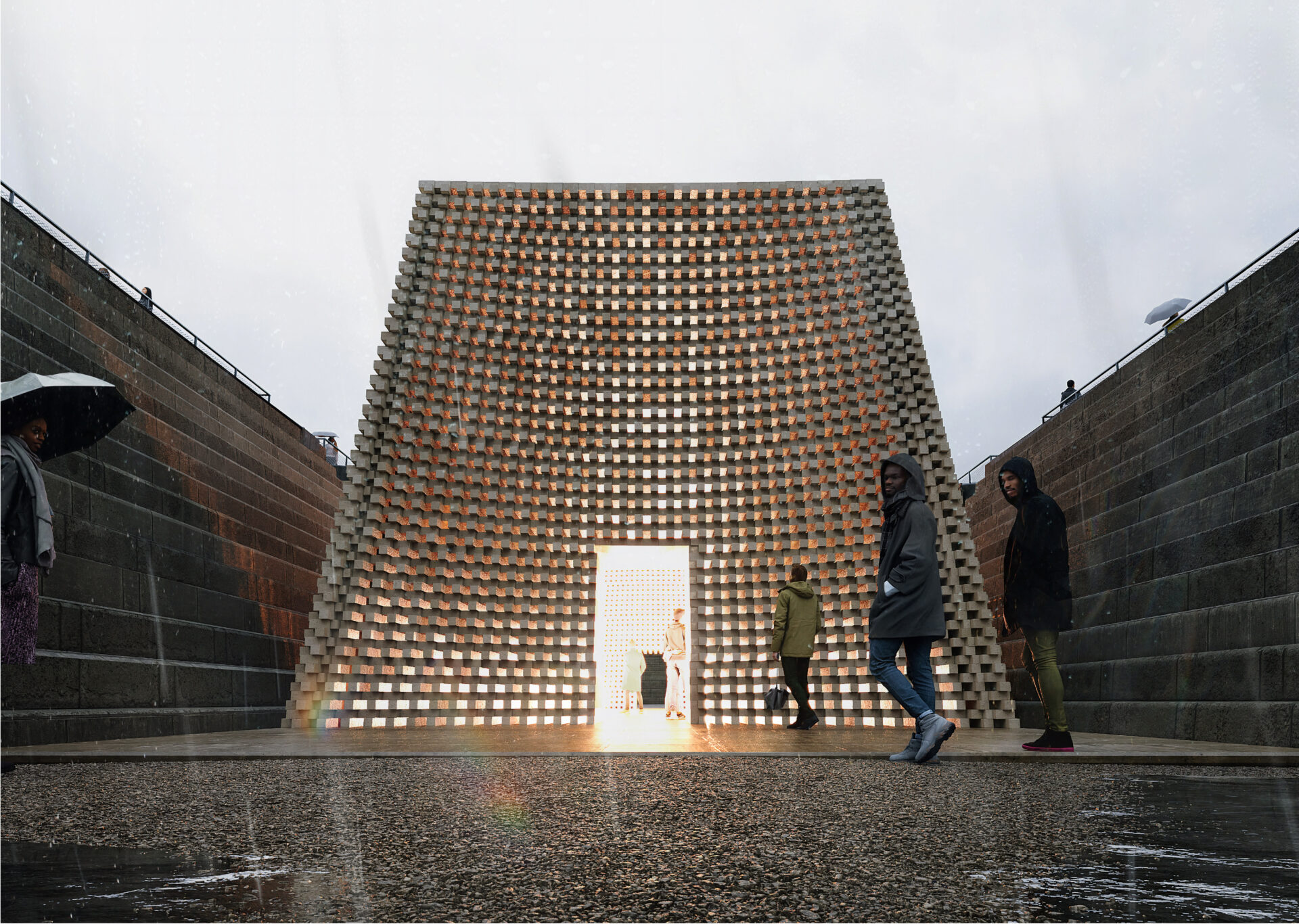NW 2013: A concrete kind of love
 In 2013, can we learn to love the architecture of the 20th Century, as we have learned previously to love the architecture of the 19th Century?
In 2013, can we learn to love the architecture of the 20th Century, as we have learned previously to love the architecture of the 19th Century?
I'm referring here largely to those buildings and structures completed after the Second World War, currently maligned to a degree once reserved for the excesses of architecture erected during the reign of Queen Victoria.
It's worth remembering, that, Yes, We Used to Demolish Victorian Buildings. For a number of reasons, some the result of wartime clearance, others in pursuit of tabula rasa masterplanning, but the common feature being that the fabric was not deemed inherently sacred, or worth saving in many cases.
An age of material scarcity requires greater preservation
Of course, this approach led to the loss of countless buildings of quality, many of which today would have been protected, and featured proudly on tourist literature. A nostalgia publishing industry thrives flogging sepia tableaux of lost vignettes. What today is held sacred, deemed irreplaceable in loss, was once thought beyond use, a barrier to improvement, even ugly.
Such terminology is of course the current creed of the regeneration industry, and their current fodder is the little understood, frequently neglected architecture of the mid to late 20th Century. It is common parlance to use "concrete", "brutalist", or "1960s" as terms of abuse, as though the weight of the building material, the formal expression, or the assumed spirit of the age in which it was created are inherently debased.
New uses, and most importantly a new acceptance, were eventually found for the surviving structures of the 19th Century. The decorative excesses previously thought gaudy became charming, the intentions noble, and the spaces were found to be proportionally favourable for conversion.
It is a little incongruous that the buildings of the mid 20th Century – our last great 'age of austerity' – are not nearly so well regarded as the furniture, fabrics and objects of that time, as though we are uncomfortable with the outward, façade expression of the values we find so comforting in soft furnishings.
I am not for one moment arguing that all post-war buildings should be saved; far from it. As in any epoch, mistakes are made, and some structures are simply too specific to a use or context, or just too esoteric, to sustainably consider re-use. But in an age of material scarcity (rather than political austerity) it is irresponsible and unenlightened to assume clearance in the first instance, justified by misguided aesthetic criteria doomed to repeating the mistakes of previous generations.
I am arguing for tolerance, for a greater understanding and consideration of the built environment as we find it, for an end to the orthodox denigration of the modernist legacy in the cities of the North West. Re-use, retrofit, and yes, in some instances, preservation, must be considered – on merit, irrespective of the age, even [gasp] the appearance, of the building.
Only by developing our aesthetic sensibility, embracing the difficult, the brutal, as opportunities can we can move closer to a sustainable, responsible, urbanism. Let us celebrate the best of the modernist legacy in our cities, and rethink those less successful aspects.
Try it: think concrete, think beautiful.
- Matthew Ashton, creative director, MgMaStudio, Liverpool





Let’s hope so. Groups like the Manchester Modernist Society have been working hard at this for a long time. Can we start with saving Preston Bus Station please?
By Steve
Preston Bus Station was a badly-designed building when it was opened in 1969 and has been a badly-designed building ever since. It was designed as a monument to its designers’ “cleverness” with mere users consigned to the tunnels to get in and out of it, hence the temporary barriers now in place to allow people to access it at ground level. It always was a horrible and unpleasant building from the users’ point of view, and should be demolished and replaced with a better designed building that truly matches function with form.
By Brian